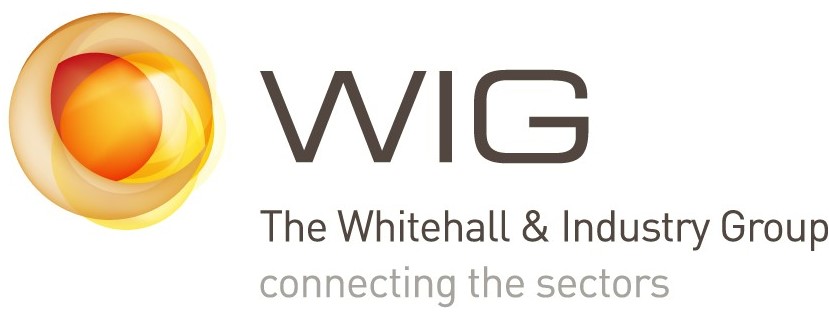Talking to our membership, it is obvious that the challenge of achieving Equality, Diversity, and Inclusion (ED&I) has moved from a ‘why’ issue to a ‘how’ issue and is a priority for both employers and employees today. But many organisations don’t feel confident they're building the diverse workforce they need to succeed. And how do those who feel more confident know that they are on a better trajectory? Well, good question. Few have collected sufficient data to know for sure.
Our understanding of the needs of a diverse workforce has generally outstripped the capabilities that support employees. To attract and retain a diverse future workforce that deserves and demands to be treated equitably and fairly, one needs the data that allows a thorough examination of inequality, lack of diversity, and exclusion.
Of course, this can’t be merely figures and there is a subjective analysis piece here in terms of perceptions and lived experience. It can’t be a data-only approach, but data supported one. However, it might be argued that even leaving the moral case aside, if a focus on D&I makes financial sense for businesses (organisations with diverse executive teams outperform competitors by 36% on profitability -CBI 2020), then organisations should apply the same level of rigor in analysing data on employee populations as they do in understanding their customers.
Some believe D&I data isn't helpful or possibly even counterproductive. A sense that the measurement should be entirely subjective and generated by perception and feel, through witness evidence around culture and values. However, it’s difficult to see how practical and impactful steps can be taken without an understanding of the identities of the people you're trying to help and the trends and blockages that data can reveal.
Areas that lend themselves to examination, as they are either sources of inequality or lack of inclusion or perhaps indicators of it include: promotion rates, gender, sexual orientation or race/ethnicity pay gaps, underrepresented groups participating less in development opportunities and programs, different evaluation and performance standards, recruitment pipeline anomalies, performance improvement, and termination discrepancies
True diversity and inclusion should also go beyond gender, race, ethnicity, sexual orientation, and disabilities. Data can potentially capture, protect and foster communication and working styles, personality, and neurodiversity too.
Of course, D&I data must be self-reported and optional, and no assumptions must be made about an employee's identity. Gathering data is a sensitive business requiring an essential narrative around the importance of the activity driving analysis and change. Some have gone as far as suggesting the provision of sufficient data by employees is a form of activism in support of the agenda and should be promoted as such.
Equally, there is a requirement for reassurance around the protected nature of the information and the limitations imposed around who has access to it within the organisation as well as the requirements of GDPR and implications of, for instance, recent rulings on cloud storage.
Written by
Originally published: 19/05/2021

